Description
This HARDNESS TEST KIT measures
the sum of the calcium and magnesium
concentrations, expressed in ppm (parts per
million). This is, in essence, measurement
of the permanent hardness of water, but
the measurement may also contain some
temporary hardness in the form of calcium
dissolved by carbon dioxide in water. This
form of temporary hardness is usually
minimal.
HOW DOES WATER BECOME HARD.
Water hardness results from dissolved
compounds of magnesium and calcium.
With temporary hardness, magnesium and
calcium are dissolved by carbon dioxide
in water. This process can be reversed by
removing the carbon dioxide, e.g. By boiling,
or as aquatic plants use carbon dioxide.
However, if the salts of magnesium or calcium
are dissolved as a result of an acid present in
water, the hardness becomes permanent.
WATER HARDNESS IN THE
NATURAL STATE
The degree of hardness varies not only from
country to country but river to river and even
the hardness in each river varies from season to
season. Aquatic life have different requirements
according to geographical location and though
most fish can stand a great deal of variation in
hardness, they do best at specific levels. Factors
like breeding of a species, the colour of a species or
even the inhibition of fungal diseases can be greatly
enhanced by the hardness of water.
SPECIES REQUIREMENTS
Examples of fish that live at or below 150ppm are
Angels, Corydoras, Catfish, Discus, Gouramis,
Loaches, South American Tetras. Examples of fish
that live between 150ppm and 300ppm are some
Australian Natives, Guppies, Sword Tails, Mollies,
Platties, and Goldfish. Examples of fish living above
300ppm and usually under 500ppm are African
Cichlids, and Brackish water species.



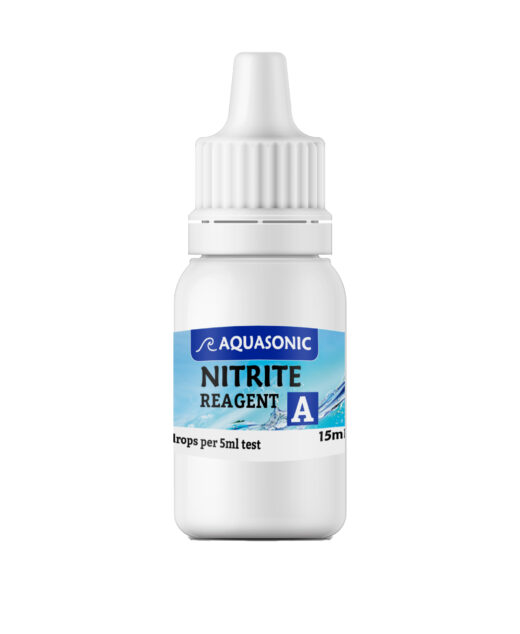

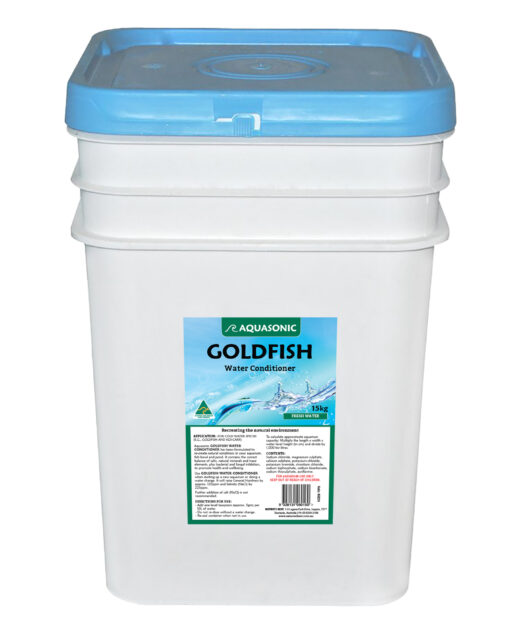
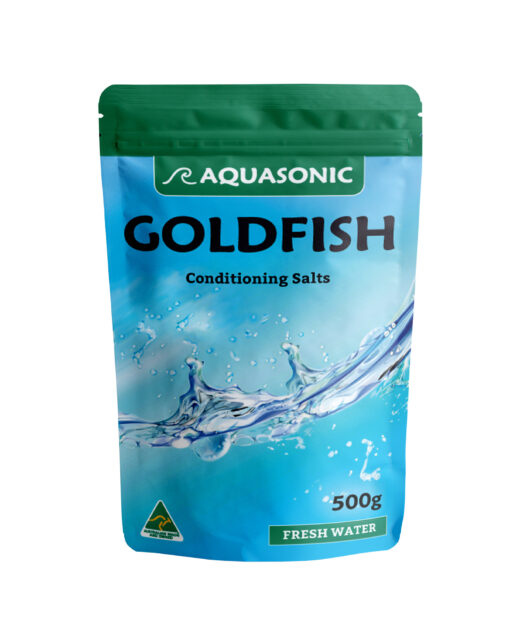
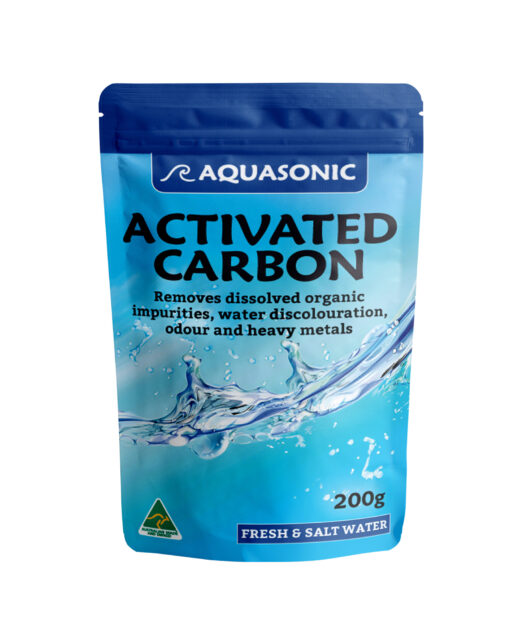
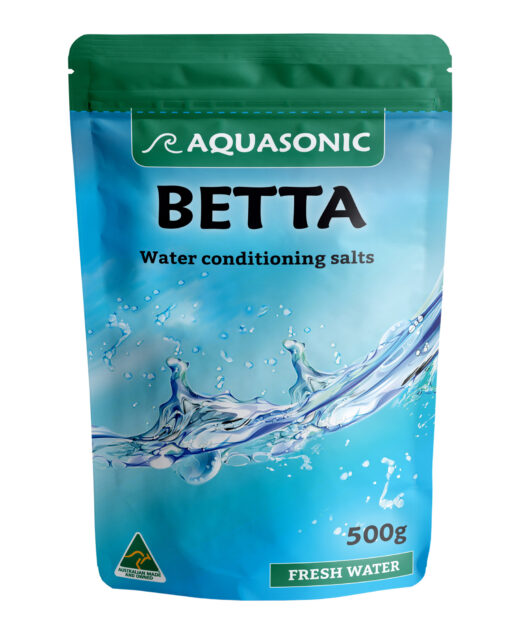
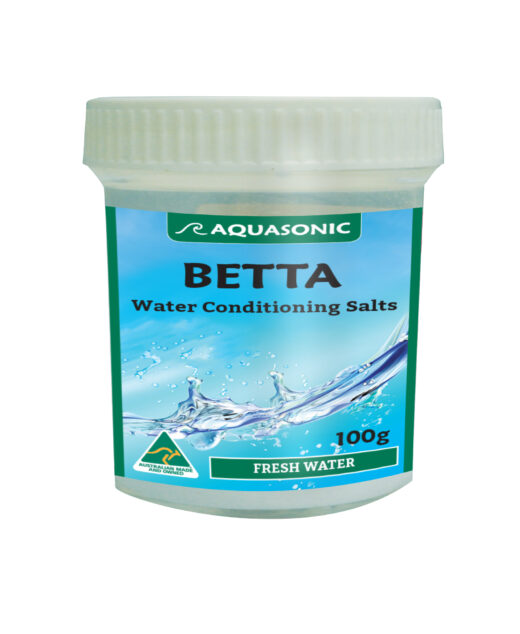
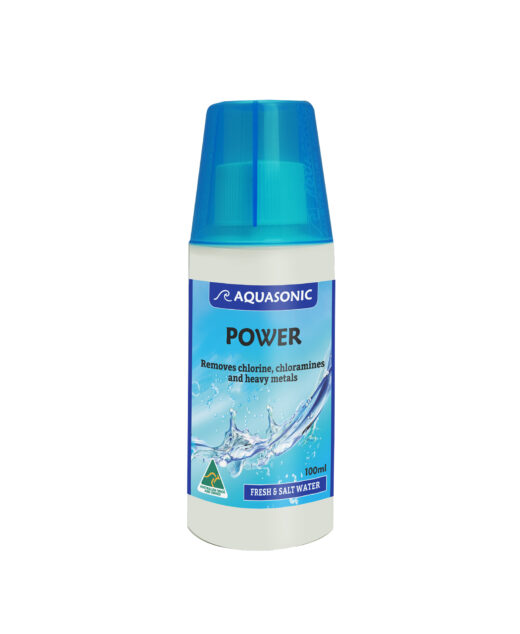
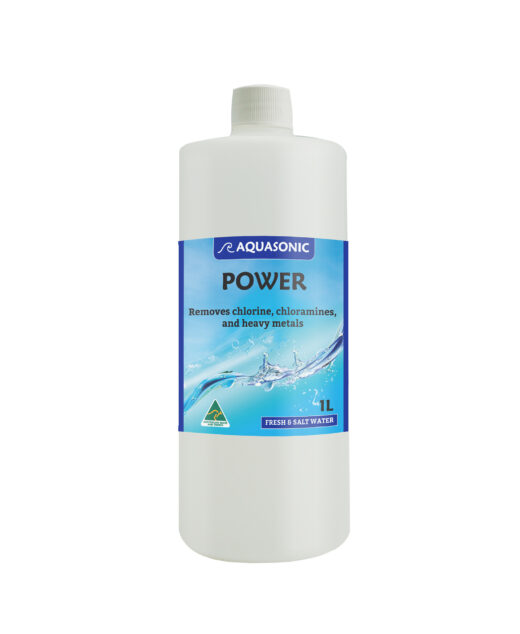
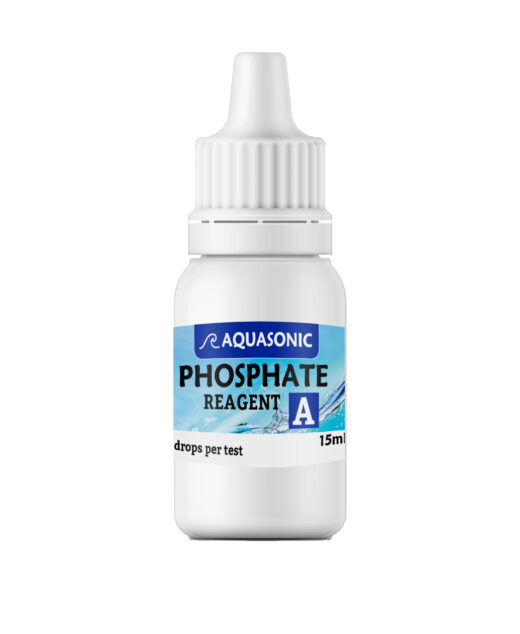
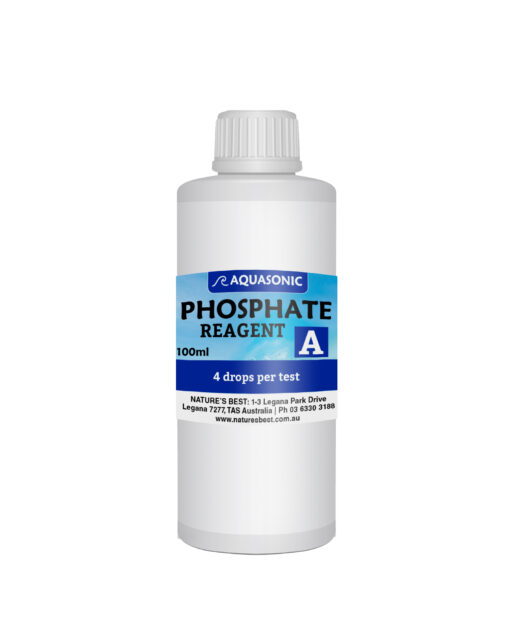
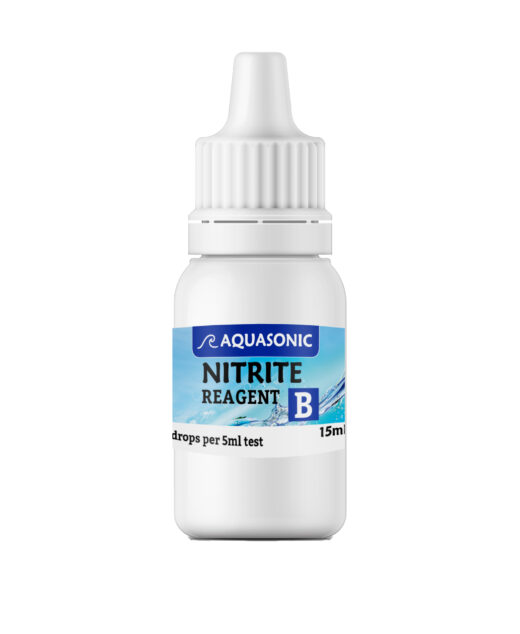

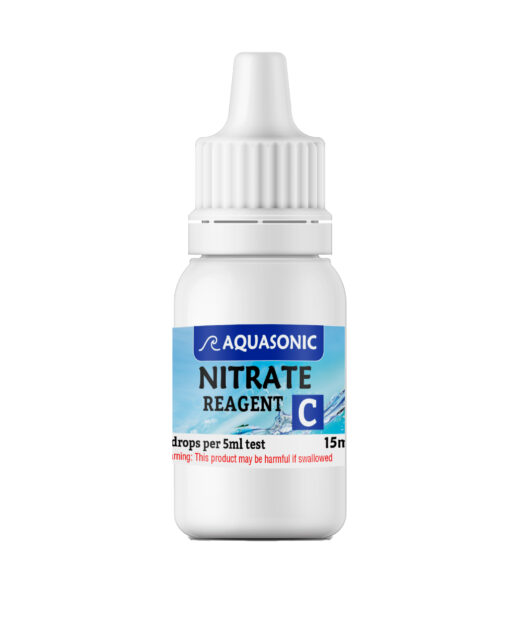
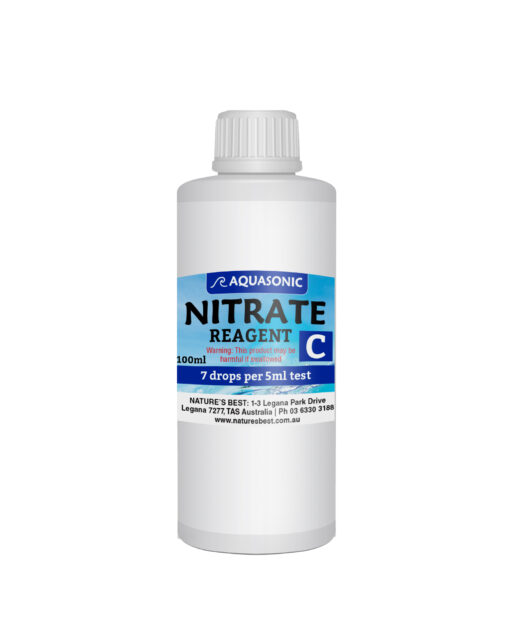
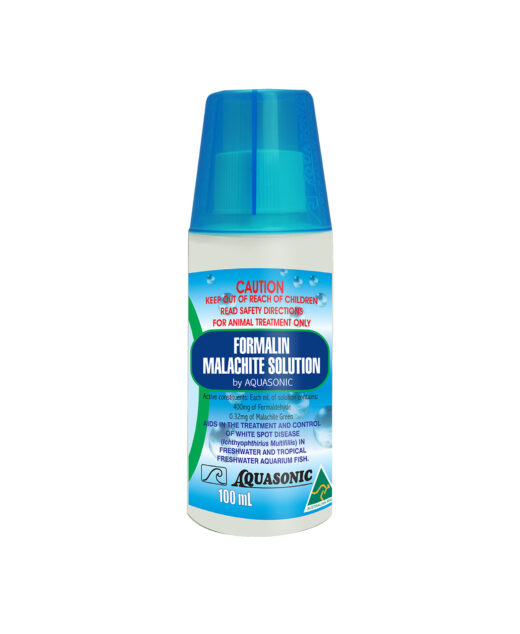
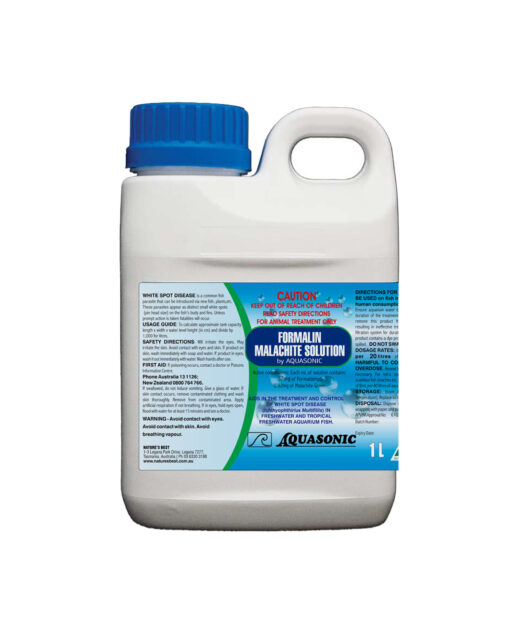
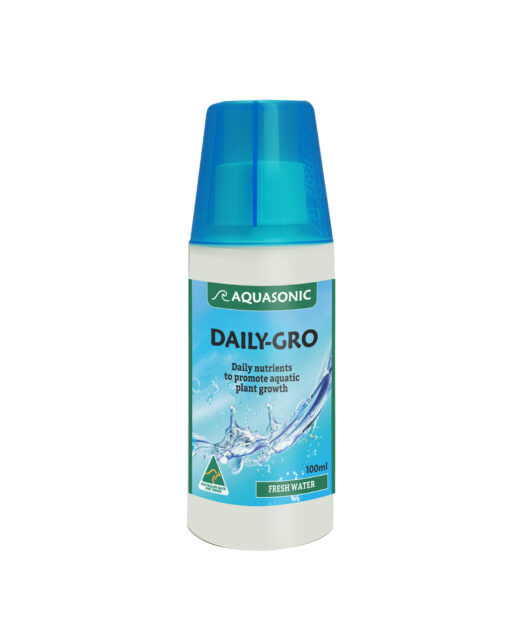
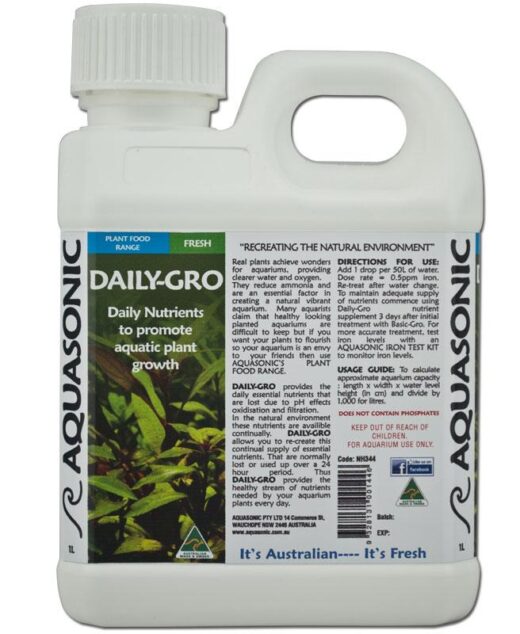
Reviews
There are no reviews yet.